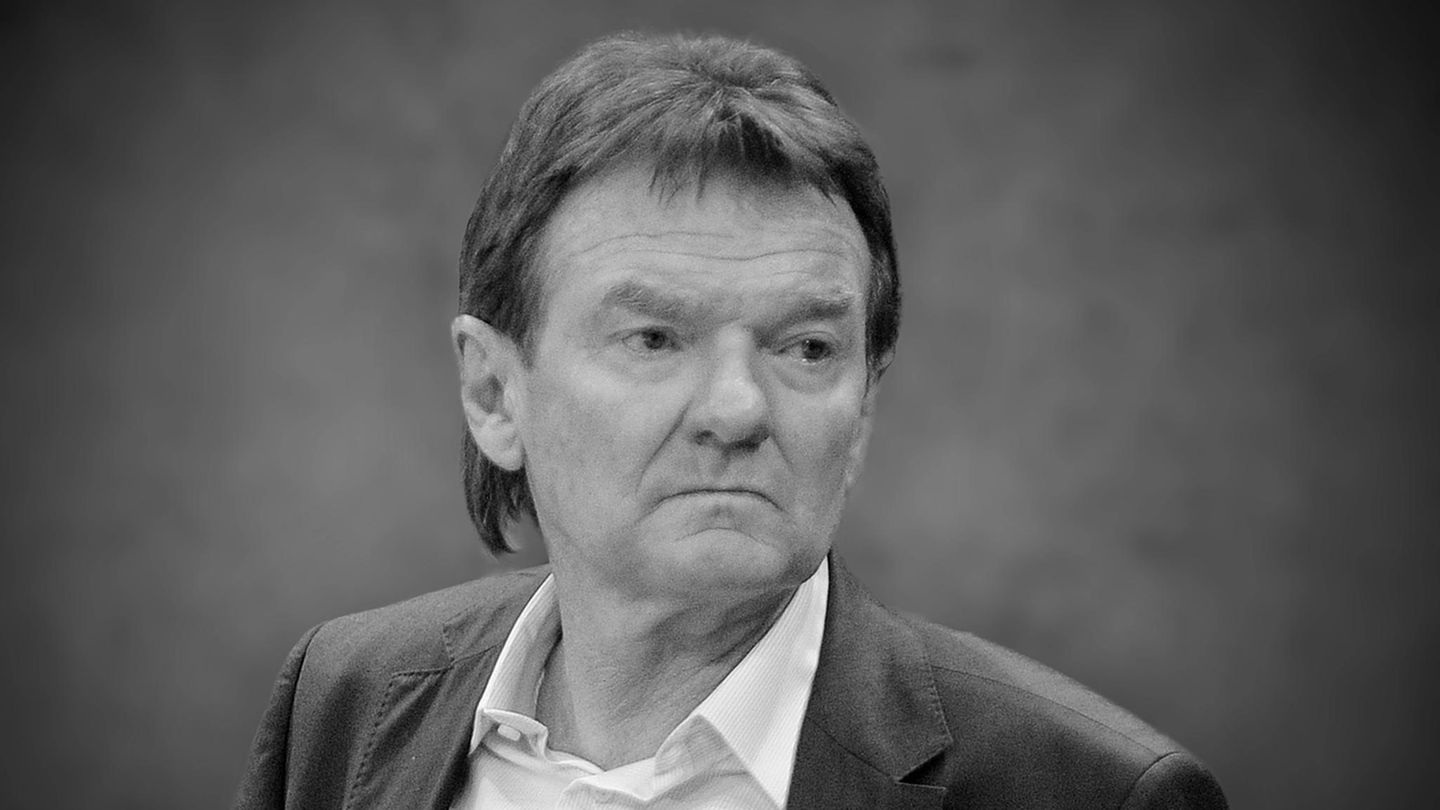102,000 Dutch Jews as well as Sinti and Roma were murdered by the National Socialists. A monument commemorates each individual – 76 years after the end of the war. Not everyone is happy about it.
After years of litigation, the National Holocaust Memorial is inaugurated in Amsterdam. The “Named Monument” was erected on the initiative of the Dutch Auschwitz Committee and is to be unveiled by King Willem-Alexander this Sunday.
It is the first monument in the country to commemorate all 102,000 Dutch Jews as well as Sinti and Roma who were murdered by the German National Socialists during the Second World War. Fearing protests, the city issued an emergency ordinance on Friday for the official opening.
“I’m glad it’s finally here,” said the chairman of the Auschwitz Committee, Jacques Grishaver (79), of the German Press Agency in Amsterdam. “This monument gives the victims their names back 76 years after the end of the war and proves that they lived.” The monument was mainly financed by donations.
The Polish-American architect Daniel Libeskind designed the memorial. It is located in the center of the city near the Jewish Quarter. The monument is made of brick walls in the shape of four Hebrew letters. They mean «in memory». Visitors can walk around the letters. The walls are closed at the top by a steel rim in which stones, trees and clouds are reflected. On each brick is the name of a victim, his date of birth and the age of death. 70 to 80 percent of the families listed by name were completely wiped out by the National Socialists.
It is an important monument for the Jewish community, said Grishaver. “You can now imagine the unbelievable number of 102,000.” It is also a memorial for relatives. In addition, the monument should also be used to educate young people.
For years, residents had tried to prevent the memorial from being erected in court. Among other things, they complained that it was too big and feared an influx of visitors. The country’s highest court finally gave the go-ahead at the end of 2019. “That was too late for many survivors,” said Grishaver. “That is very bitter.”
David William is a talented author who has made a name for himself in the world of writing. He is a professional author who writes on a wide range of topics, from general interest to opinion news. David is currently working as a writer at 24 hours worlds where he brings his unique perspective and in-depth research to his articles, making them both informative and engaging.




